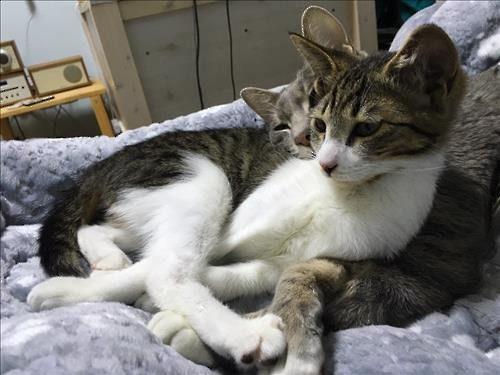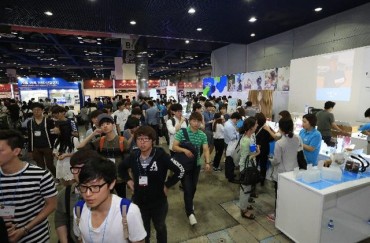SEOUL, Feb. 26 (Korea Bizwire) – Choi Jung-in, a 33 year-old clinical psychologist, lived with two kittens in a studio in Seoul before the trio moved in with her parents in December.
She fondly remembers her first cat, Mango, which she brought in last year, for helping her ease the feelings of loneliness when she came back home from work. Then, she adopted another kitten, named Ttuggi, months ago.
“I love them so much. They greeted me when I entered the empty apartment at night,” said Choi, showing off the picture of her pets on her mobile phone. “While working, I miss them. They’re like my kids!”
But she is worried about their health care. It’s expensive and she can’t trust veterinarians out there because she doesn’t know reasonable prices for certain treatments.
She spent 100,000 won (US$81) to have Ttuggi vaccinated at one veterinary clinic in Seoul, but it costs only 35,000 won at other vet located in Hanam, east of Seoul.
“I know it’s expensive to consult a vet about my pets. But I don’t like the fact that I have to visit more than two vets and compare the prices,” said Choi. “It would be better to have the proper insurance for cats to reduce the prices and receive quality treatment.”
Like Choi, the number of pet lovers in South Korea has increased in recent years as more people live alone due to aging and the nation’s low birthrate, keeping animals as companions instead.
The market for pet food, clothing, aesthetic clinics and even funeral services has also been growing rapidly in recent years as many pet owners have higher expectations for their pets’ standard of living and health care than previously.
According to data by KB Financial Group Inc., the local pet market is expected to balloon to 6 trillion won in 2020, up from 1.8 trillion won in 2015.’
In line with the upturn, the veterinary sector has grown fast to meet the surging demand. The number of animal hospitals throughout the country soared 40.5 percent to 3,979 in 2014 from 2,832 in 2008, according to the Korea Veterinary Medical Association.
However, the market for pet insurance, which usually comes along with the growth of medical services, remains in its infancy in South Korea.
Pet insurance subscriptions accounted for a mere 0.1 percent out of an estimated 10 million people who keep pets at home, according to data compiled by the Korea Insurance Research Institute.
“As a growing number of people think of pets as their family and want to take full care of them, demand for pet insurance has been booming,” said Hwang Wong-kyung, a senior analyst at KB Financial. “But local insurers lag far behind the trend as few insurance policies are sold in the market.”
There are only three pet insurance policies sold by local insurance firms — Samsung Fire & Marine Insurance Co., Lotte Non-Life Insurance Co. and Meritz Fire & Marine Insurance Co.
They earn less than 1,000 new clients in a year, as Samsung Fire sold 880 contracts in 2014, while Lotte sold 762 policies in the same period.
Experts pointed out that strict conditions and expensive bills have hindered pet owners from buying the programs.
Pet owners have to submit a pedigree issued by the Korean Kennel Club, which publishes the certificate only to its members who have to pay 55,000 won annually to retain membership status.
Also, insurance premiums are not very cheap compared to medical costs, given the fact that a bill for treating a cold stands at 20,000 won on average.
For example, a policy holder who keeps a less-than-one-year old dog has to pay some 500,000 won per year with coverage for accidents and diseases.
But most contracts exclude expenses for vaccination and spaying or neutering, which nearly all family-raised animals receive.
“Cats usually stay in the house all day. They rarely get infected or injured in an accident. I spent money to have my cats vaccinated and spayed,” said Choi, the cat-loving psychologist. “But it’s too expensive to pay 500,000 won every year to hold an insurance policy that doesn’t cover those payments.”
Experts said the companies have not paid much attention on designing pet insurances as there are no standardized veterinary treatment and prices in the country, so they are not making proactive efforts to attract customers.
Samsung Fire and other non-life insurance firms including Hyundai Marine & Fire Insurance Co. released some pet policies in the late 2000s, but pulled out of the market in 2010 due to higher loss ratio.
“It is necessary for the authorities to set guidelines or standards on the range of animal treatment services and prices, and help pet owners have their pets registered in an easier way,” said Kim Se-joong, a researcher from the Korea Insurance Research Institute.
“Insurers have to design more sophisticated policies to meet customers’ needs and cooperate with vet clinics in curbing the price hike in treatments.”
(Yonhap)







